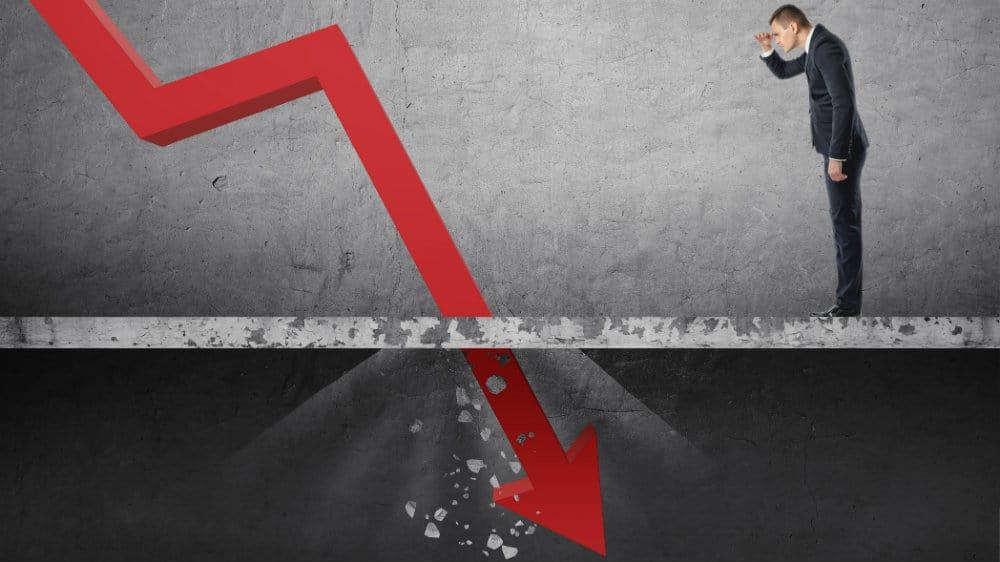Everything has a price, but if something is both in demand and finite, the price could easily explode. Such an asset has the potential to spark a speculative mania. The speculative mania is often confined in a bubble.

A financial bubble could be understood as a marked increase in an asset’s price without a corresponding increase in its real intrinsic value. The belief that there will always be the next person willing to pay for an asset is what inflates a bubble. As the conviction grows in viciousness, the bubble grows so big that it eventually bursts.
The Process of a Financial Bubble
We say “process” because a bubble is not spontaneous. It usually starts inconspicuously and then builds up in tempo and strength. We can explain the process of a financial bubble in stages.
Stage 1: Trigger
This can also refer to the formation stage of the bubble. To understand what triggers a bubble, we should take a step back and see how competitive markets operate. In a competitive market, the forces of demand and supply determine the equilibrium price of a good or service.
When more money is chasing fewer products/services, the price tends to climb. According to the efficient markets hypothesis – also called standard economic theory – a bubble occurs when price outgrows marginal cost. Let us see an example.
ABC is a security that trades on the NYSE and whose equilibrium price is $20. A shock in the market causes the price to rise to $22. Investors see the price growth as a sign of more price growth to come in the future, and they start to throw money at it. As demand overwhelms supply, the price continues to grow, and a bubble begins to form.
Stage 2: Awareness
Financial markets have an immense capability to create a feedback loop that perpetuates a narrative for a long time, sometimes years. Such a feedback loop is created when more investors become aware of the asset at which the market is throwing money. More awareness leads to an even bigger rush, especially when investors turn speculative.
Stage 3: Boom
You know the market is in a boom when even a shoe shiner in the inner city starts to talk about investing in the said asset. At this point, investors are blinded by irrational exuberance – they buy the overpriced asset hoping that others will come later to buy at an even higher price.
A great example of such a boom was Bitcoin in early 2018. Media coverage of stories of early Bitcoin investors cashing big checks fueled some kind of mania, hence building the boom towards a crescendo.

Stage 4: Burst
A boom is not a bubble unless it crashes. That is when reality comes crashing, and people begin to recognize that what was happening was not something usual. All of a sudden, markets are flooded with sell orders, and as supply continues to weigh down demand, the price falls ever further down.

Although a bubble takes long – sometimes years – to expand, crashing is often short and fast. This is the moment that investors cannot answer questions such as why couldn’t we notice this? We could have seen it coming!
History of Asset Bubbles
Historians believe the oldest asset bubble happened in 17th century Holland, called the Dutch tulip bubble. However, new evidence suggests that the tulip mania might not have happened and that it could have been a minor event that was blown out of proportion. For this reason, we will not be citing the tulip mania as an asset bubble in this article.
In the century that followed, Britain was thrown into a financial pandemonium that injured Sir Isaac Newton – the most elite scientist of that era. Dubbed the South Sea Bubble, the asset bubble is the story of a publicly-traded company called South Sea Company. Its share price shot up really fast and attracted money from many investors, then crashed.
Asset bubbles only happen far between one and the next. Several bubbles in other countries, including Japan, followed the South Sea Bubble, but the market has never learned. In recent times, Japan’s stock market witnessed a historic bubble-burst event in the 1980s to early 1990s. The event led Japan’s economy into a deflationary period for most of the 90s, which led to experts branding the period as Japan’s Lost Decade.
In the new millennium, the global financial world experienced major shockwaves set off by the dot-com bubble of the late 90s and early 2000s, as well as the US housing bubble that started the 2007/08 Great Recession.
The Link Between Asset Bubbles and Recession
You might have noticed that after every bubble burst, the domestic economy – and sometimes the global economy – descends into chaos. Interestingly, this is the logic that experts used to abandon the idea of the tulip mania as an asset bubble. This is because, as evidence shows, there was no major financial calamity in Holland after the tulip boom crashed.
In the short-run, asset bubbles do not affect the economy. The effect comes in the long-run, but even then, it does not have a direct impact. Essentially, asset bubbles alter the behavior of key participants in the economy. For example, a company whose stock rises due to a bubble might use the influx of funds to make capital investments that it would not otherwise have made. During the US housing bubble, developers used the influx of money to increase their stock of housing units beyond what the market could absorb.
What is happening here can be referred to as a misallocation of resources. The resource misallocation leads to inefficiencies that might destabilize the economy if the bubble bursts. In Japan, for instance, the stock market crash of 1991 exposed misallocation of resources, leaving damages that took the country an entire decade to repair.
Conclusion
Asset bubbles are not a new event, and they will always be there. Interestingly, investors never realize what is happening at the trigger stage of an asset bubble. At this point, everyone is genuinely looking for better returns, and there is no foul play. When the boom crashes, a crisis of confidence grips the entire economy, potentially setting off a recession.








Leave a Reply